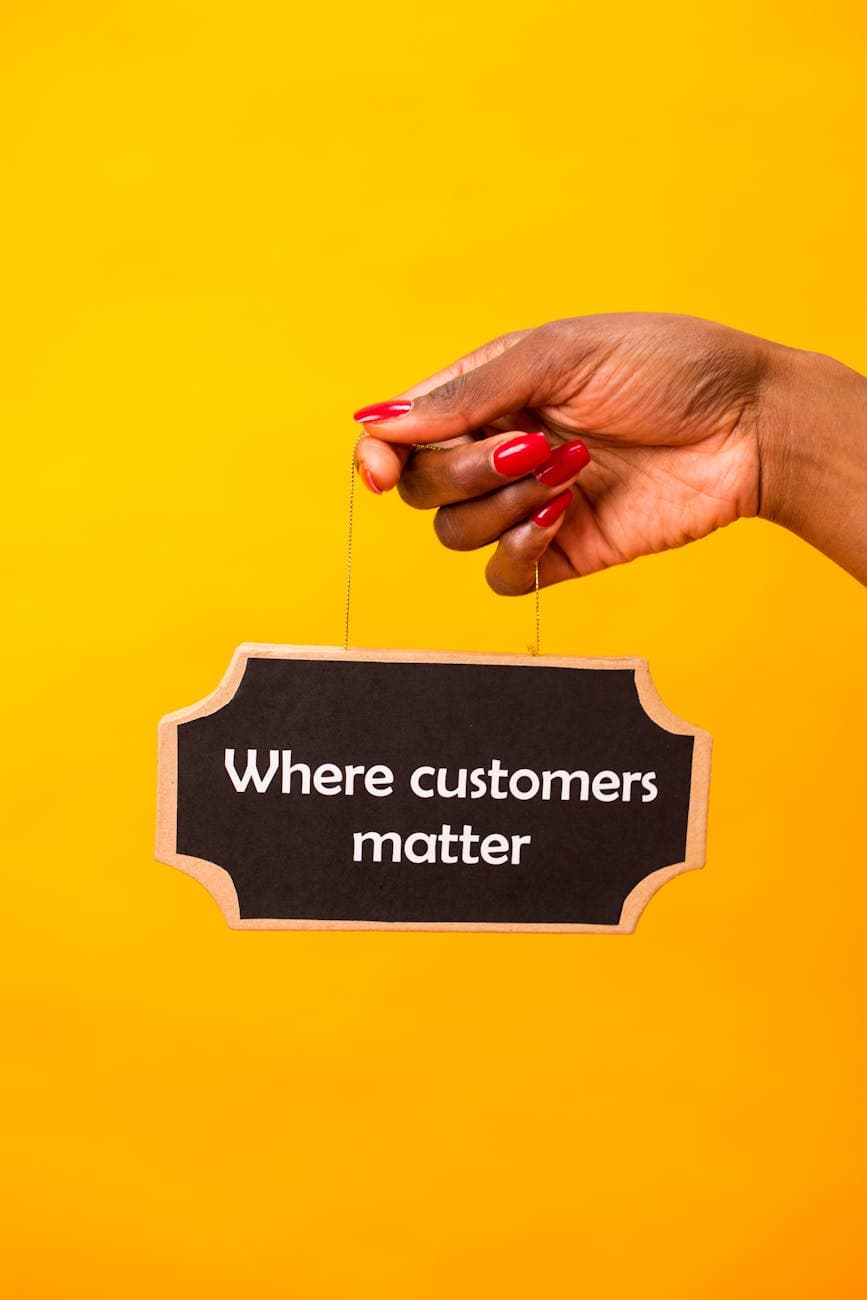Why Customer Stories are Shaping the Future of SaaS Growth

In the bustling ecosystem of software-as-a-service (SaaS), customer stories have become more than feel-good marketing wash. They are the heartbeat of contemporary growth strategies, resonating with authenticity in a landscape that increasingly mistrusts corporate proclamations and polished testimonials. SaaS providers, whether nascent upstarts or market leaders, are learning that genuine narratives culled from customer reviews do not just add vibrancy to their brands, they shape buying decisions, product development, and even culture. In this climate, understanding the mechanics of leveraging these stories is no trivial matter; it is, for many, a foundation for sustainable growth.
The ascent of customer-driven storytelling came amid broader shifts in digital trust. Buyers have seen enough anonymous five-star ratings and curated case studies to be skeptical. They hunger for the semi-raw, self-authored perspectives of people like themselves, describing not just product features but tales of struggle, discovery, and transformation. As competition in SaaS intensifies, standing still is impossible; continuous evolution, informed by real customer voices, becomes not just valuable but existential.
At the core of this movement is the humble SaaS review, whether posted on industry platforms like G2 or Capterra, or woven through community Slack channels and LinkedIn commentaries. These snippets of lived experience carry an clout no sales pitch can match. More importantly, when strategically curated and amplified, they generate a halo effect that lures new buyers, deepens existing customer bonds, and even rallies employees around a sense of shared purpose.
The most effective SaaS companies approach customer stories not as artifacts to be displayed, but as dynamic assets to be cultivated and integrated. They read reviews with forensic attention, seeking patterns of unmet need or unexpected delight. They probe deeper in follow-up interviews, mining for context: What, exactly, allowed a mid-sized retail operation to streamline its logistics workflow using their platform? How did a frustrated marketer discover a workaround that ultimately saved her team dozens of hours weekly? These details transform anonymous voices into living case histories and allow future buyers to see their own potential reflected in past successes.
The process does not end with collection. Savvy SaaS executives weave customer insights directly into broader business objectives. Product teams pour over critical feedback, turning exposes of pain points into blueprints for the next release. Marketing reframes messaging to echo the phrases customers actually use. Sales, facing ever-more complex buying committees, deploy stories as strategic proof points, arming themselves with anecdotes matched to vertical or buyer persona. Meanwhile, customer success uses these stories internally, validating where the company is hitting or missing the mark on its promises.
But harnessing customer narrative is not without its challenges. For one, authenticity is hard to simulate. The moment a company seems to cherry-pick only glowing reviews, skepticism seeps in; the magic is in the mix of success and struggle, of learning curves overcome. A customer story is compelling precisely because it includes doubt and difficulty, culminating in a believable outcome. The best SaaS storytellers strike a balance, they prominently feature wins, but do not airbrush out the ers and setbacks that give stories emotional heft.
Legal and privacy considerations add another wrinkle. Companies must tread carefully, respecting confidentiality and seeking permission before publishing customer names or sensitive details. And in regulated industries such as healthcare or finance, the bar for compliance is exceptionally high, forcing SaaS providers to anonymize stories or secure elaborate formal approvals. Yet the investment often pays off; a well-told customer narrative, rooted in trust, can wield more persuasive power than expensive advertising campaigns.
Another challenge lies in operationalizing the process at scale. Relying on organic review flow is not enough; active solicitation becomes essential. This requires relationship-building and incentive design, ensuring customers feel motivated and valued in sharing their journey. Some SaaS firms build elaborate advocacy programs, inviting enthusiastic users to participate in beta tests, webinars, or peer-to-peer reference calls. Others reward detailed reviews with swag, discounts, or public kudos. The critical piece, experts agree, is to genuinely respect the customer’s time and perspective, treating each story as a partnership rather than a transaction.
Beneath the tactics lies a harder question: Why do customer stories hold so much sway in the SaaS realm, compared to other industries? The answer lies in the intrinsic nature of SaaS itself. Unlike one-off purchases, SaaS solutions are deeply embedded in operational workflows, shaping daily reality and ongoing business results. The stakes are higher, the risks of switching or integrating new tools undeniable. Prospective buyers grapple with uncertainty: Will this product actually solve my problem in my context, with my existing systems and constraints? Will support be responsive? Is the vendor trustworthy, or just a slick pitch? Customer stories act as risk reducers, allowing potential buyers to map their unique situation onto the contours of someone else’s experience. They grant permission to hope.
Opportunities flow from this approach, not just for customer acquisition but for forging a more resilient business. Companies that actively nurture a culture around listening and amplification notice second-order effects. Feedback loops tighten, innovation cycles accelerate, and internal siloes erode as departments rally around authentic customer needs. These teams tend to outperform, attracting not just new revenue but loyal users who in turn seed the next leg of growth. Moreover, customer stories, unlike paid ads or SEO tricks, have long-tail impact, accruing compound interest as they get shared and referenced across communities and decision cycles.
The lessons are clear but challenging. SaaS providers must invest in listening with humility, even when feedback stings. They must obsess not just over the solution, but over the customer’s unfolding journey. They must resist the urge to sanitize stories beyond recognition, trusting that vulnerability resonates. And they must remember that every review, however minor, is a pebble thrown into the pond of public perception, shaping the ripples that follow. In a sector obsessed with disruption, it is the most human tactic, bearing witness to each customer’s story, that often proves most transformative.


